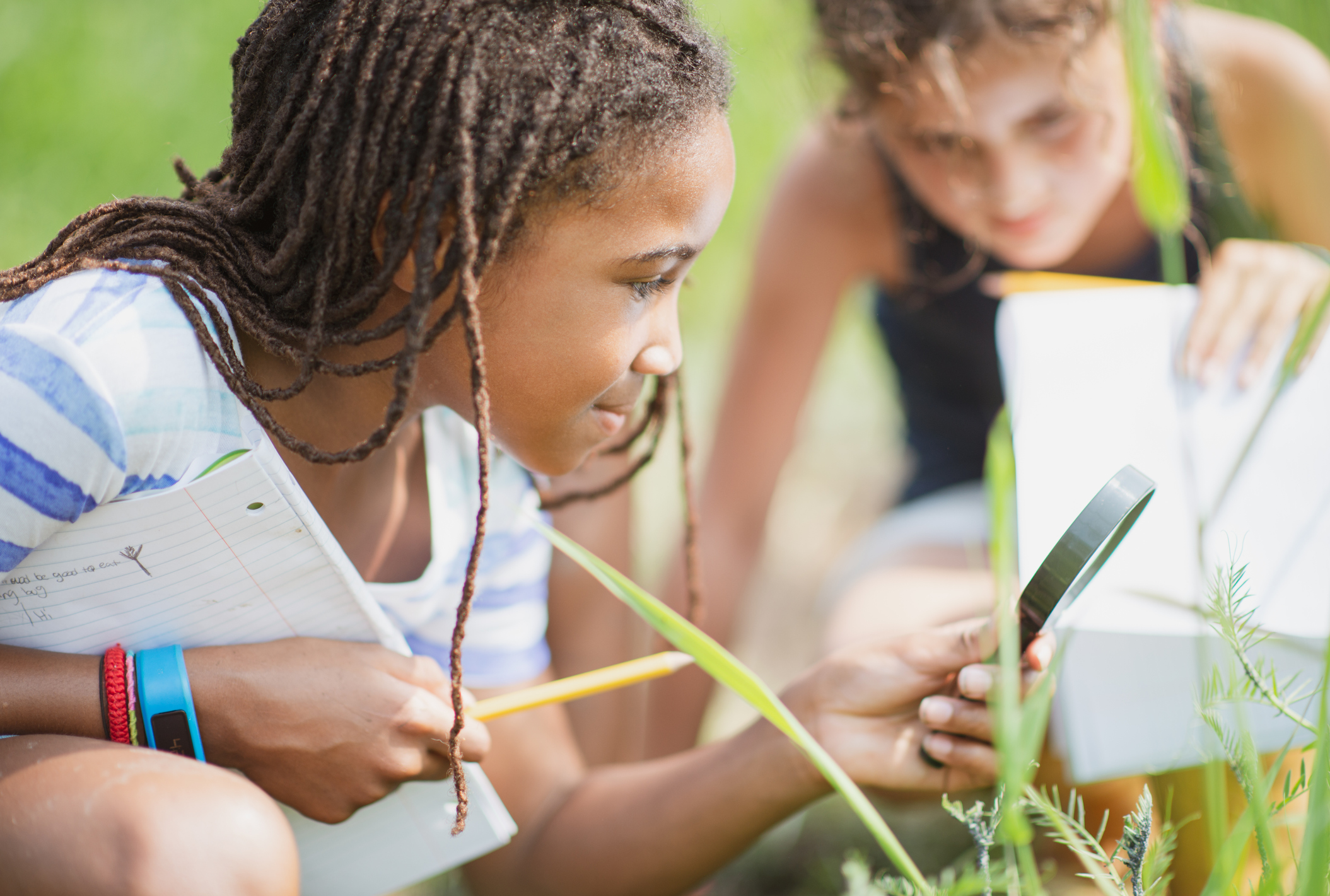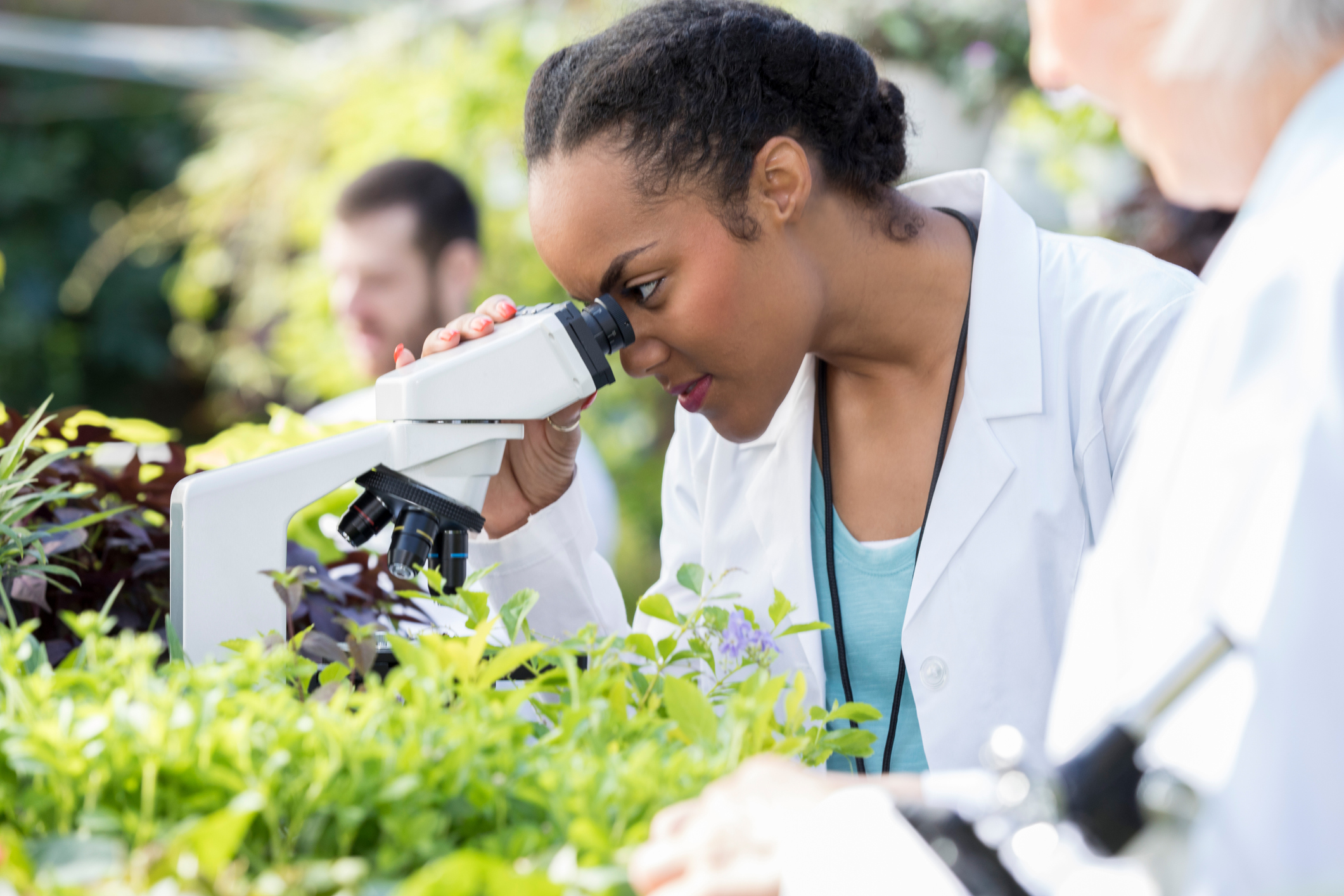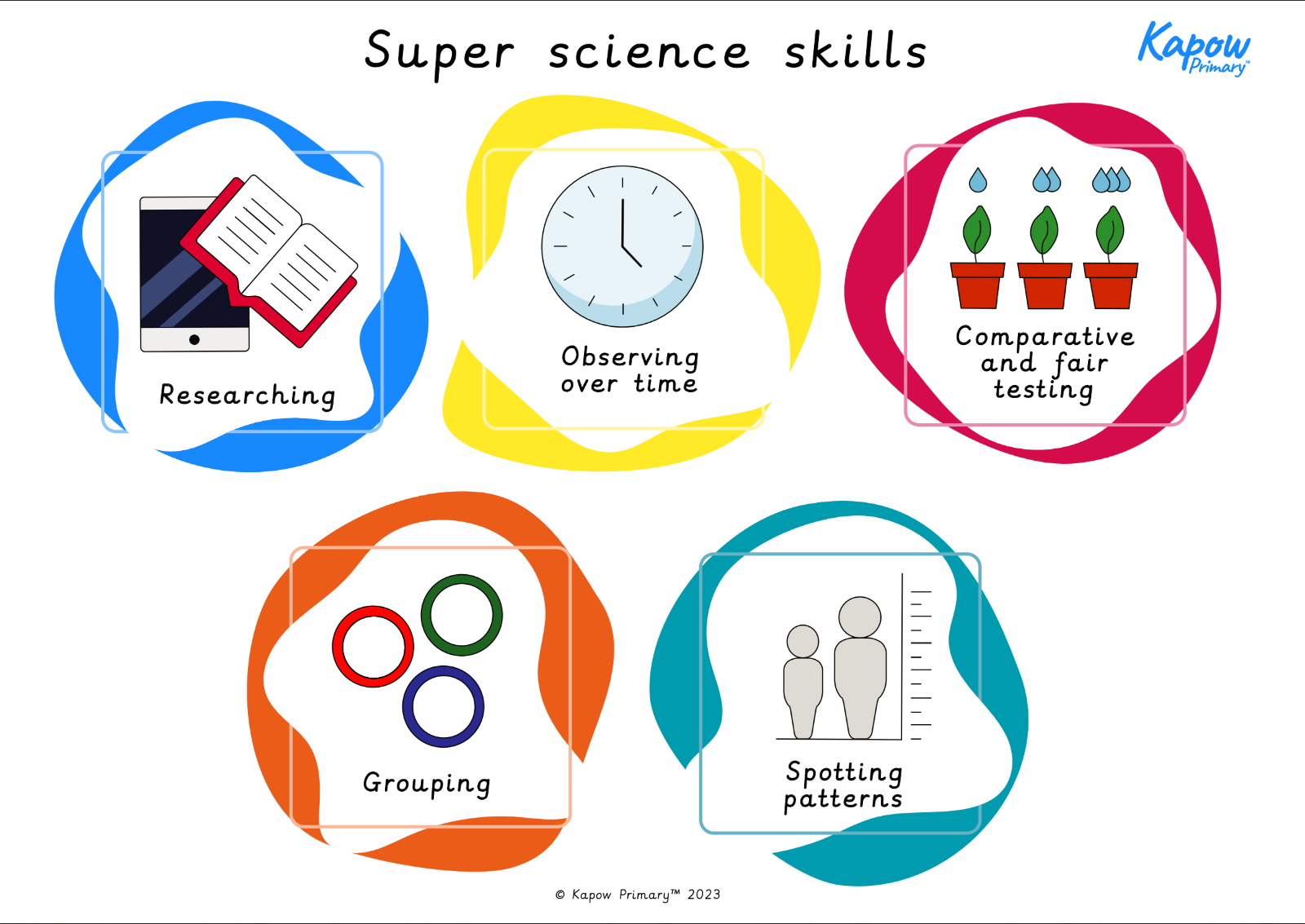Learning objective
Working scientifically
- To carry out an experiment and record data in a table.
Success criteria
Working scientifically
- I can use a stopwatch.
- I
This content is for subscribers only. Join for access today.
National curriculum
Science
Living things and
This content is for subscribers only. Join for access today.
Cross-curricular links
British values
- Mutual respect.
This content is for subscribers only. Join for access today.
Before the lesson
This content is for subscribers only. Join for access today.
Lesson plan
Recap and recall
Display the Presentation: Woodlouse and crab and ask pairs to discuss similarities and differences between the two animals.
This content is for subscribers only. Join for access today.
Extended-mode explainer videos
How to extend your display to view the lesson page and preseantion mode simultaneously. Choose your operating system below to watch the video
If you need further support with extending your display,
please contact [email protected].
Extended-mode explainer video: For Mac
Extended-mode explainer video: For Windows
Adaptive teaching
Pupils needing extra support
Could demonstrate their understanding by drawing a picture of the woodlice in the Petri dish, labelling the damp and dry sides; should verbally explain what happened in the experiment and use their drawing to answer the question: do woodlice prefer damp or dry conditions?
Pupils working at greater depth
Should give reasoning for their predictions, for example, I think the woodlice will prefer the damp section because I have seen lots of woodlice in damp soil; should evaluate the method by considering ways in which it could be improved, for example, using more woodlice, using a larger container or taking measurements for a longer period of time.
This content is for subscribers only. Join for access today.
Assessing progress and understanding
Pupils with secure understanding indicated by: using simple equipment to gather data;
This content is for subscribers only. Join for access today.
Vocabulary definitions
-
comparative/fair test
A test comparing different things and observing what happens.
-
conclusion
A summary of what has been found out.
This content is for subscribers only. Join for access today.





